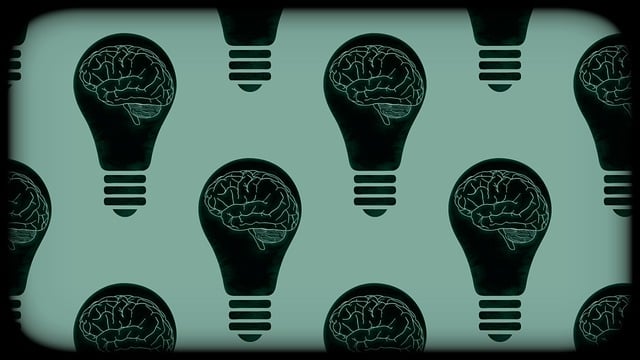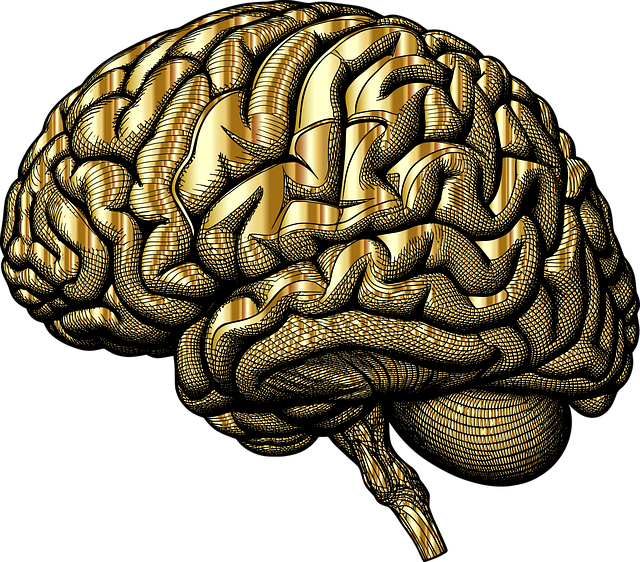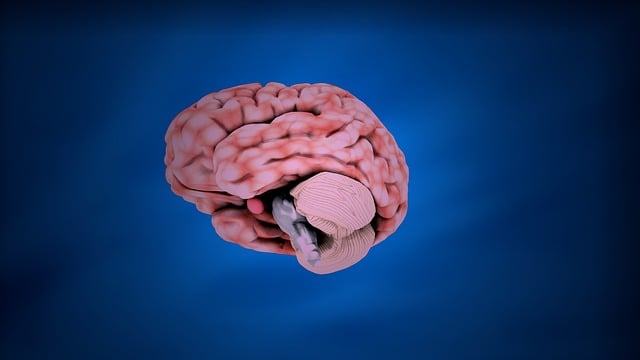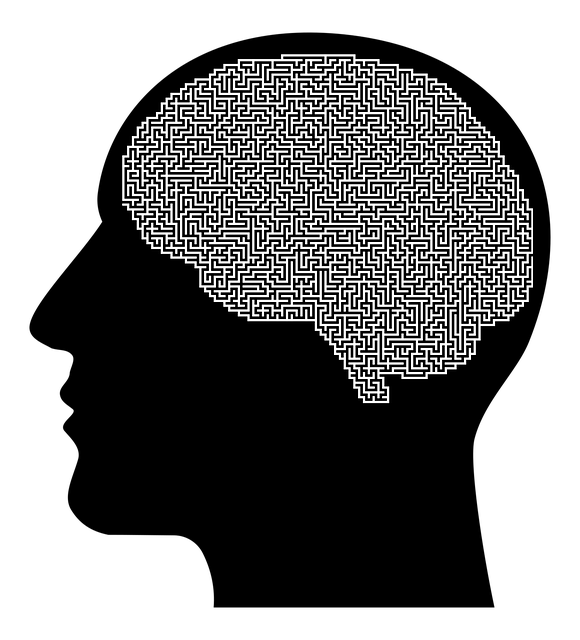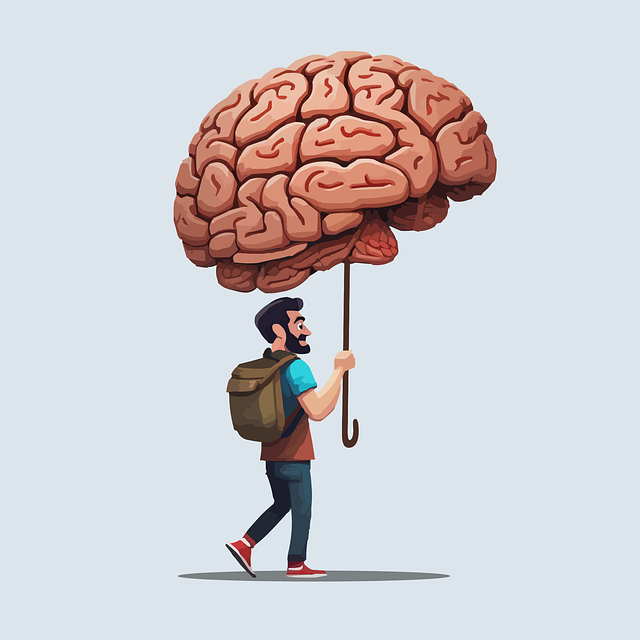Lone Tree Biofeedback Therapy emphasizes the importance of a thorough needs assessment for designing effective Mental Health Education Programs. This involves understanding regional mental health issue prevalence, identifying at-risk groups, and gathering stakeholder insights. Tailoring programs to specific audiences like adolescents, working professionals, or college students ensures relevance and impact. By integrating workshops, sessions, and podcasts, Lone Tree Biofeedback Therapy aims to enhance mental wellness literacy across diverse communities, addressing knowledge gaps identified through surveys and focusing on tailored services for trauma-affected populations.
Mental health education programs play a pivotal role in fostering well-being and resilience. This article guides you through designing an effective program, from assessing the need and setting objectives to curriculum development, implementation strategies, and evaluation. By integrating evidence-based practices and leveraging interactive teaching methods, your initiative can empower individuals to manage stress, reduce anxiety, and build mental fortitude. Lone Tree Biofeedback Therapy highlights the importance of tailored, accessible education for optimal mental health outcomes.
- Assessing the Need and Defining Objectives
- – Identifying the target audience for mental health education
- – Conducting needs assessments to understand current knowledge and skill gaps
Assessing the Need and Defining Objectives

Before designing a Mental Health Education Program, it’s crucial to assess the need within the target community or organization. This involves understanding the prevalence and nature of mental health issues, identifying at-risk populations, and gathering insights through surveys, focus groups, or interviews with stakeholders like healthcare professionals and individuals with lived experiences. Lone Tree Biofeedback Therapy can play a pivotal role in this phase by offering insights into the local mental wellness landscape, including unique challenges and cultural considerations that might influence program design.
Defining clear objectives is essential for any successful Mental Health Education Program. Objectives should be Specific, Measurable, Achievable, Relevant, and Time-bound (SMART). For instance, a goal could be to foster positive thinking by equipping participants with stress management techniques, as evidenced through pre-post program surveys measuring changes in mental wellness. Integrating this objective into a comprehensive Mental Wellness Podcast Series Production can enhance reach and engagement, while aligning with the broader aim of enhancing community mental health literacy and resilience.
– Identifying the target audience for mental health education

Identifying the target audience for mental health education is a crucial step in designing an effective program. At Lone Tree Biofeedback Therapy, we believe that mental wellness education should cater to diverse groups within our community. For instance, schools can benefit from programs focused on adolescents, teaching them early coping mechanisms and resilience-building skills to navigate the pressures of academic life and peer relationships. Similarly, workplaces can implement workshops aimed at professionals, helping them manage stress, improve focus, and enhance overall productivity while promoting a culture of mental health awareness.
A tailored approach is essential, considering the unique challenges faced by different demographics. For example, college students might benefit from sessions on managing exam anxiety, whereas parents could use guidance on balancing work-life demands without sacrificing their mental wellness. The Mental Wellness Podcast Series Production can also play a vital role in reaching a broader audience, offering accessible and engaging content that promotes self-care practices and fosters open conversations about mental health.
– Conducting needs assessments to understand current knowledge and skill gaps

Understanding the current state of mental health literacy within a community or organization is a critical first step in designing effective education programs. Lone Tree Biofeedback Therapy emphasizes the importance of needs assessments to identify specific knowledge and skill gaps related to mental well-being. These assessments can take various forms, such as surveys, interviews, or focus groups, allowing for a comprehensive understanding of individuals’ current mental health practices, beliefs, and challenges. By gauging existing levels of awareness, program developers can tailor content to address pressing needs, ensuring that education efforts are relevant, engaging, and impactful.
For instance, a needs assessment might reveal limited knowledge about coping skills development or stress reduction methods, especially in trauma-affected communities. In such cases, designing a program that focuses on Trauma Support Services becomes essential. This tailored approach ensures that education programs cater to the unique circumstances and requirements of the target audience, fostering a more inclusive and effective learning environment.
In designing a comprehensive mental health education program, such as those that could be offered by a Lone Tree Biofeedback Therapy center, it’s crucial to begin with a thorough understanding of the target audience’s needs. By conducting detailed needs assessments and defining clear objectives, educators can ensure their programs are impactful and meet specific knowledge and skill gaps within the community. This strategic approach fosters positive mental health outcomes, empowering individuals to take charge of their well-being.

